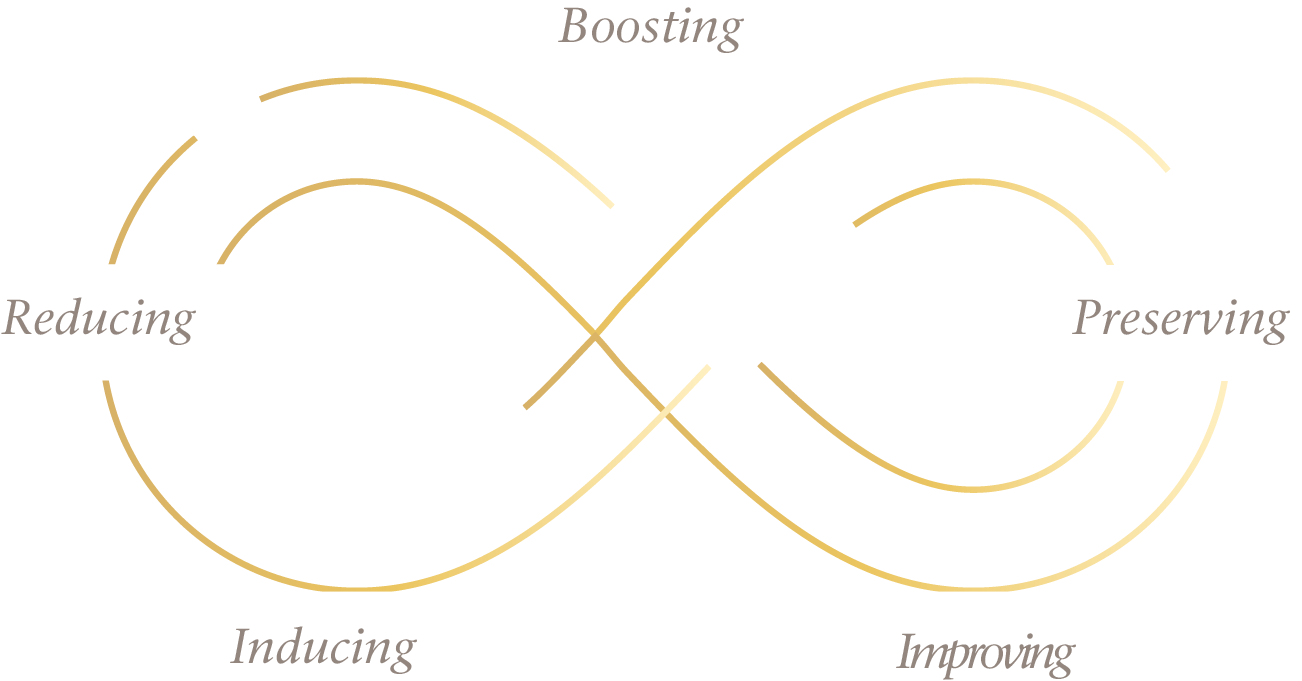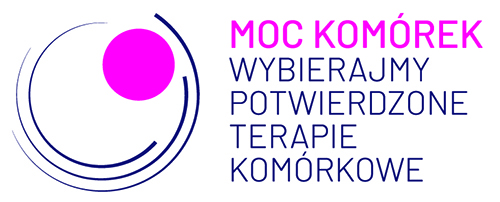Our bodies have an amazing capacity for self-healing.
By regenerating healthy tissues, stem cell therapy utilizes
cells naturally present in our bodies to heal injury and
even certain medical conditions.
The immortal Turritopsis dohrnii
species of jellyfish
– the species that never dies.
Stem Cells
“Regenerative medicine holds great promise to repair damaged tissues and organs and restore functionality by stimulating the body’s own regenerative capacity.”
Frese L, Dijkman PE, Hoerstrup SP. - Institute for Regenerative Medicine (IREM), University of Zurich, Zurich, Switzerland
„It is possible that stem cells will even be used to replace drugs.”
Roger Pedersen, Professor of Regenerative Medicine and Director of the Anne McLaren Laboratory for Regenerative Medicine at the University of Cambridge
“Stem cells are poised to change health and medicine forever.”
Dr Peter H Diamandis, Executive Founder, Singularity University
Mesenchymal Stem Cells
What they are and what they do?
Multipotent adult stem cells which can be obtained from a number of sources; fat tissue, umbilical cord (Wharton’s Jelly) bone marrow and blood. No other cell in the body has the natural ability to generate new cell types.
How are they used?
Healthy cells are used to replace diseased cells. Stem cells can be guided into becoming specific cells that can be used to regenerate and repair diseased or damaged tissues.
Multipotent
Having the capacity to self-renew by dividing and developing into multiple specialized cell types.
Adipose Stem Cells
A key advantage of mesenchymal stem cells from the patient’s own fat tissue is that they can be easily and repeatedly harvested using minimally invasive techniques with very low morbidity (cell death rate).
Life Institute in partnership with PBKM offers the opportunity to “bank” your stem cells for later use.


Wharton’s Jelly
The umbilical cord has one vein and two arteries. Surrounding and protecting these vital blood vessels is a sticky, jelly-like substance called Wharton’s Jelly, which itself is covered by a membrane called the amnion. Cells in Wharton’s jelly can be extracted, cultured, and induced to differentiate into mature cell types.
They are a potent source of adult cells, which for example, can be used in older patients whose autogenic (own) cells, have limited therapeutic efficiency, primarily due to the result of the ageing process.
Our medical experts
have been researching and successfully employing stem cell therapy since 2011.
Life Institute has secured
clinical trial and experimental therapy approvals in Poland from the Bio-Ethical Commission for mesenchymal stem cells (MSC) therapy obtained from autogenic (own) cells from adipose fat tissue and allogenic (donor) cells from umbilical cord material, Wharton’s Jelly.
The quality of our stem cell
advanced therapy medical product (ATMP) is assured by our strategic partner – Polish Stem Cell Bank (Famicord Group), the leading stem cell bank in Europe.
Advanced Stem Cell Therapy: Application in orthopaedics
Stem cell therapy is at the cutting-edge of orthpaedic treatments, which aids in pain relief and recovery time, increases mobility, and most importantly, may eliminate the need for medication and invasive surgery such as joint replacements. Helping patients return to work, play, and daily activities after injury or chronic suffering.
Stem Cell Therapy aids in:

Reducing
inflammation and pain in joints and soft tissues.
Boosting
the healing process in cases of musculoskeletal injuries.
Preserving
the joint and delay or eliminate the need for total joint replacement at a later stage, when combined with appropriate physical therapy and/or surgical treatment.
Improving
function of the joint as a result of the anti-inflammatory effect.
Inducing
regenerative processes and slowing down degeneration.
Contact us to inquire about qualification to our
Stem Cell Therapy – Medical Experimental Project

